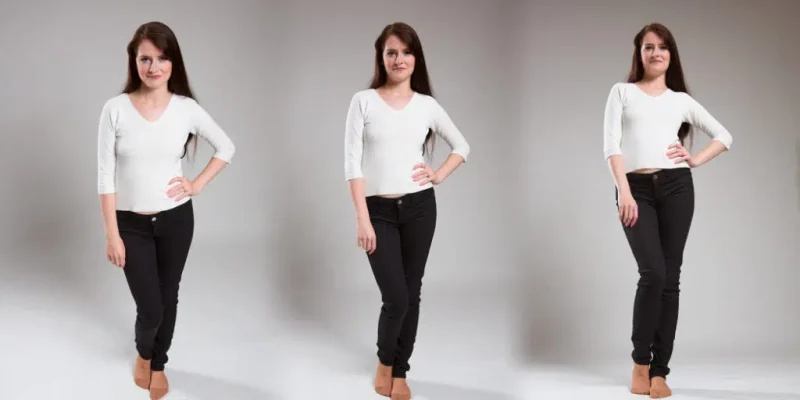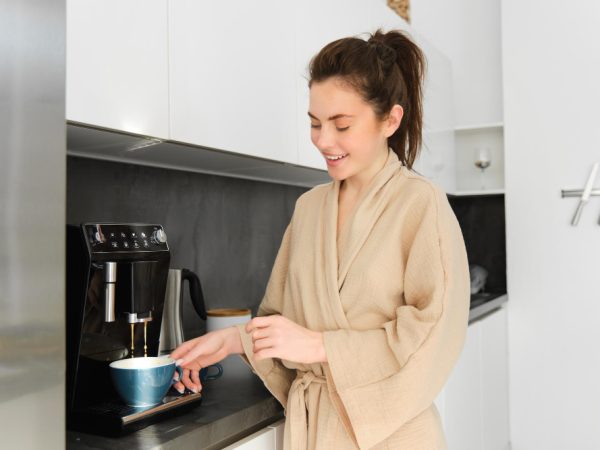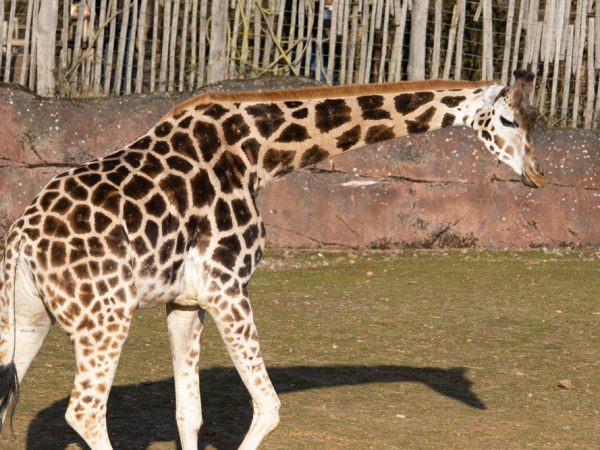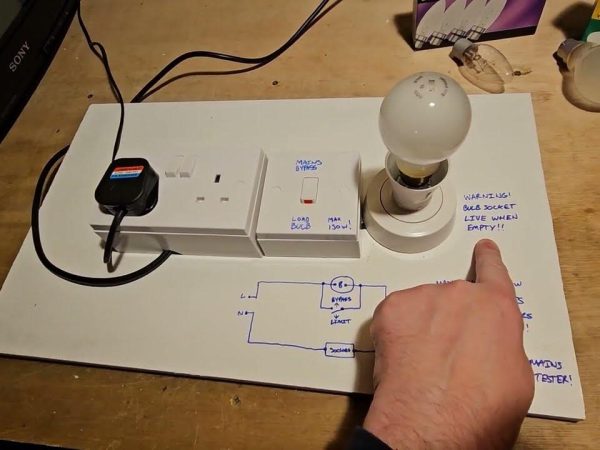What Is a Full Shot? Definition, Examples, and When to Use It in Film

In the world of visual storytelling, camera angles and framing play a critical role in shaping how an audience experiences a scene. One of the most essential and frequently used framing techniques is the full shot. Whether you’re a filmmaker, video creator, or film student, understanding what a full shot is—and how to use it effectively—can elevate the impact of your visual content.
This article answers the question, “What is a full shot?”, with examples, comparisons, and expert tips on when and why to use it.
What Is a Full Shot?
A full shot is a type of camera framing where the subject’s entire body is visible from head to toe, typically centered in the frame. It is also known as a wide shot or long shot, although these terms can vary slightly depending on the context.
Definition: A full shot captures the entire subject within the frame, usually from head to feet, while including some of the background to provide context.
Characteristics of a Full Shot
| Feature | Description |
| Framing | Entire body of the subject is visible |
| Perspective | Viewers can observe body language and surroundings |
| Usage | Often used for introductions, action, or movement |
| Distance | Camera is placed a few feet to several meters away |
A full shot allows the audience to see how a character interacts with their environment, making it useful for establishing relationships, settings, and emotions without cutting away from the subject.
When to Use a Full Shot in Film or Video
Character Introduction
Show the character’s appearance, style, and posture clearly.
Example: Introducing a superhero standing tall before the action begins.
Establishing Movement
Capture the subject walking, dancing, or interacting with other characters.
Example: A couple walking hand-in-hand in a romantic film.
Physical Action Scenes
Martial arts, dance sequences, or chase scenes often rely on full shots to showcase motion and choreography.
Example: Fight scenes in action films like John Wick or The Matrix.
Group Dynamics
A full shot can include multiple characters, showing body language and spatial relationships.
Example: The team walking together in a slow-motion group shot.
Balancing Subject and Environment
When the setting is important (e.g., a battlefield, courtroom, or desert), a full shot reveals how the character exists within it.
Examples of Full Shots in Cinema
- The Matrix (1999) – Neo’s full-body training stance in the dojo.
- Pulp Fiction (1994) – Vincent and Mia dancing at Jack Rabbit Slim’s.
- Harry Potter Series – Full shots of Harry and friends entering Hogwarts for the first time.
- Kill Bill (2003) – The Bride preparing for battle in her iconic yellow jumpsuit.
These examples show how full shots create drama, emphasize motion, and build memorable cinematic moments.
Full Shot vs Other Camera Shots
| Shot Type | Framing Description |
| Full Shot | Entire subject from head to toe |
| Medium Shot | Waist up |
| Close-Up | Head and shoulders or closer |
| Extreme Wide Shot | Subject is small in the frame, emphasis on location |
| Over-the-Shoulder | Partial view of one subject from behind |
Tip: A full shot offers more context than a close-up and more intimacy than a wide shot. It’s the perfect balance between subject and setting.
Why Full Shots Matter in Storytelling
- Context: Provides physical and environmental context
- Character Insight: Shows posture, emotion, and movement
- Visual Composition: Enhances symmetry and cinematic flow
- Editing Flexibility: Allows for smooth transitions and visual rhythm
Full shots are often overlooked, but when used strategically, they enhance the narrative and visual impact of your story.
Conclusion
So, what is a full shot? It’s a fundamental camera angle that provides a complete view of your subject while grounding them in their environment. Whether you’re directing a film, shooting YouTube content, or creating TikTok videos, understanding when and how to use full shots helps deliver more dynamic, engaging, and emotionally resonant visuals.
If you want to be a more effective visual storyteller, the full shot should be a core tool in your creative arsenal.
FAQs
1. What is a full shot in film?
A full shot frames the subject’s entire body, from head to toe, while showing part of the background.
2. What is the difference between a full shot and a wide shot?
A full shot focuses on the subject’s entire body; a wide shot emphasizes the environment more than the subject.
3. When should you use a full shot?
Use full shots for character introductions, action scenes, and to show interaction with surroundings.
4. Is a full shot the same as a long shot?
In many cases, yes. However, a long shot may place more emphasis on the environment than the subject.
5. Can full shots be used in YouTube videos?
Yes! Full shots are great for product demos, outfit showcases, dance content, and narrative vlogs.
Also read: Release Clause Definition: What It Means in Contracts & Why It Matters











